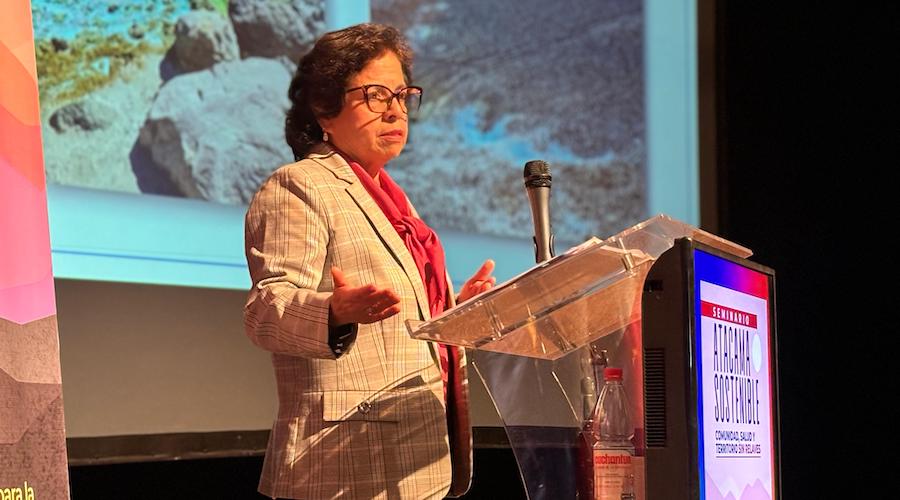EY’s Canadian mining eye index sees struggles in Q2
EY’s Canadian Mining Eye index lost 7% during Q2 2017, following an increase of 11% in Q1 2017. The loss was in part due to weakness in the price of nickel, with zinc remaining flat and copper seeing a slight increase.
“Right now companies continue to focus on reducing their debt,” says Jim MacLean, EY’s Canadian Mining & Metals Leader. “But we’re seeing a shift in how they’re doing it. They’ve moved from selling non-core assets to generating capital through enhanced cashflow, overall reducing their debt load at a good pace.”
Due to its use in electric vehicles and global demand for stainless steel (contains 8-10% nickel), nickel prices are expected to remain constant – offset by surplus mine supply. At the same time, the slowing economic growth rate in China is expected to keep copper prices constant in the near term with a positive outlook in the medium to long term.
Some of the key commodity changes in Q2 include:
- Zinc prices remained flat in Q2
- Copper prices increased 2% in Q2
- Gold prices remained flat as a result of the federal rate hike of 0.25% in June
- Nickel prices fell 6% in Q2
“Looking forward to the end of this year, we’re expecting balanced growth in Canada’s mining and metals sector,” says Jay Patel, EY’s Mining & Metals Transactions Leader. “There are several factors acting on both sides of the pricing equation that will cause counter forces. Global geopolitical unrest and federal interest rate hikes are balancing the price of gold, while steady global demand and oversupply are balancing the price of base metals.”
Special section – Q&A with Anthony Makuch, President and CEO of Kirkland Lake Gold
EY’s report also features an interview with Anthony Makuch, President and CEO of Kirkland Lake Gold. Makuch discusses the outlook for the mining sector, as well as what the future looks like for gold.
Makuch told EY: “We also need to continue to invest in exploration and new discoveries. If you don’t have your operating cost structure in place, you won’t do well. Some companies don’t invest any capital so they may look like they are doing well with their sustaining costs for one to two years, but it can backfire on them.”
Read more in the full interview with Makuch, about what he believes is key to operating a low-cost mine.
The Canadian Mining Eye tracks Canadian mining sector performance of 100 TSX and TSXV mid-tier and junior companies with market capitalizations at the end, broadly falling between CDN$1.6b and CDN$47m.
More News
US stocks surge most in 5 years as Trump delays some tariffs
The S&P 500 Index surged more than 7% in afternoon trading.
April 09, 2025 | 11:14 am
Liontown kicks off production at Australia’s first underground lithium mine
Miner said the successful start of underground production stoping from the Mt Mann orebody is a "key milestone".
April 09, 2025 | 10:52 am
Chile mining minister expects short-term copper demand to slow due to tariffs
The country would hope for a competitive advantage at the low-end of tariff range, Mining Minister Aurora Williams said.
April 09, 2025 | 09:40 am
{{ commodity.name }}
{{ post.title }}
{{ post.excerpt }}
{{ post.date }}




Comments